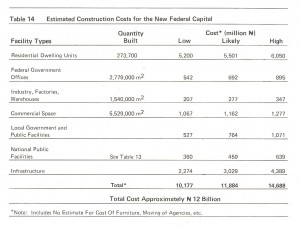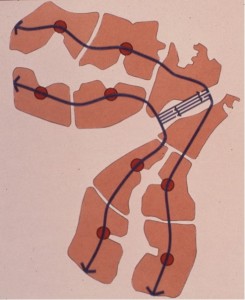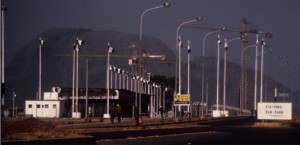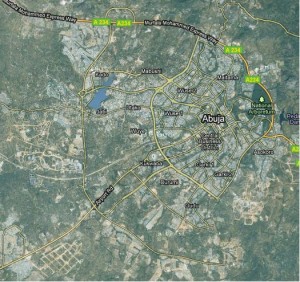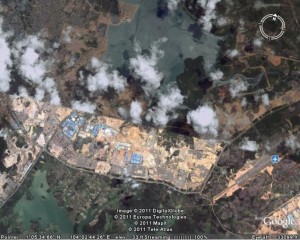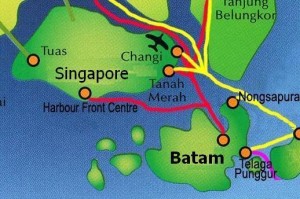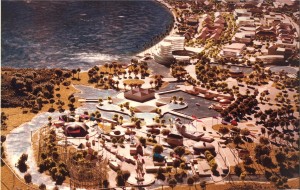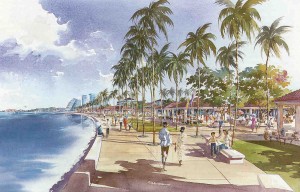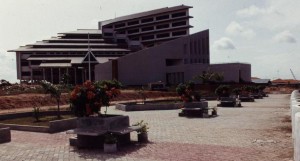Awash in local media headlines about Baltimore’s recent major water-main and sewer failures—and the flooding, street closures and business disruptions the inevitably accompany such events—Maryland’s Senator Ben Cardin and the city’s Mayor Stephanie Rawlings-Blake jointly signed an editorial in the local newspaper calling for reinvestment in our failing water systems. (Baltimore Sun, “Commentaryâ€, 7/31/2012, p. 15) The need, they wrote, is national. They did not elaborate, but spectacular failures in other cities—Chicago in December 2011; suburban Atlanta and Washington, DC, in May 2012; and Kansas City in July, to give a few recent examples—offer persuasive support.
That these officials would go on record together in the cause of at least a portion of our nation’s infrastructure is certainly admirable. However, the scope of their concern is too limited. The problems of age, obsolescence, and catastrophic failure are not confined to water and sewer systems. Across the nation bridge closures, natural-gas leaks, potholes, power outages, and erratic data connections have become painfully frequent.
It is also disappointing, albeit understandable, that the senator and mayor failed to acknowledge that we—a profligate citizenry and our elected leaders—are largely to blame for decades of deferred maintenance and failures to upgrade to new technology that have left our infrastructure in many places decrepit.
Parents generally understand that leaving their children a dilapidate house or car is not a great gift, but the typical taxpayer has little knowledge and less redress when a government executive or legislator chooses to satisfy vocal current interests at the expense of silent infrastructure. All residents and businesses suffer from this failure of fiduciary responsibility and leadership. We have systematically squandered a legacy built through the hard work of preceding generations.
Fool me once, so the saying goes, shame on you; fool me twice, shame on me. If the time has come to reinvest, as Senator Cardin and Mayor Rawlings-Blake wrote, then as voters and taxpayers we should insist on a new deal: First, we should require that adequate funds are dedicated to infrastructure maintenance and upgrading so that decades hence our grandchildren are not confronted with the same crisis we now face. Second, we should insist that our infrastructure is designed, constructed, and managed to provide reliable service and to be quickly repaired when failures occur. Finally, we should rebuild with an eye on the future by incorporating smart information technology throughout the system. The people responsible for the infrastructure itself know how to do these things, but it will take leadership from elected officials to get them done. Calling for reinvestment is only a small first step.
(An edited version of this post was published in the Baltimore Sun web edition in August 2012.)

